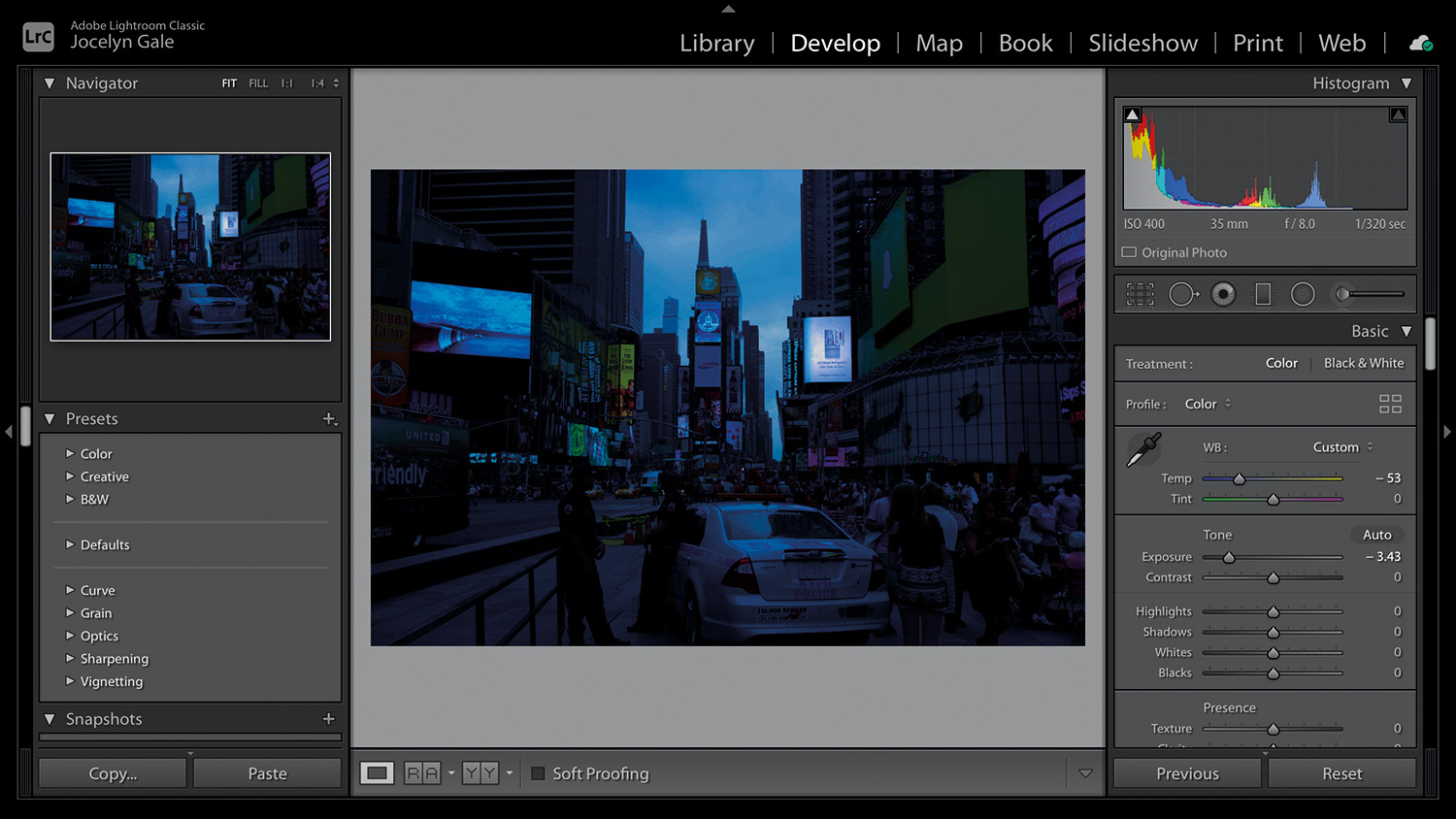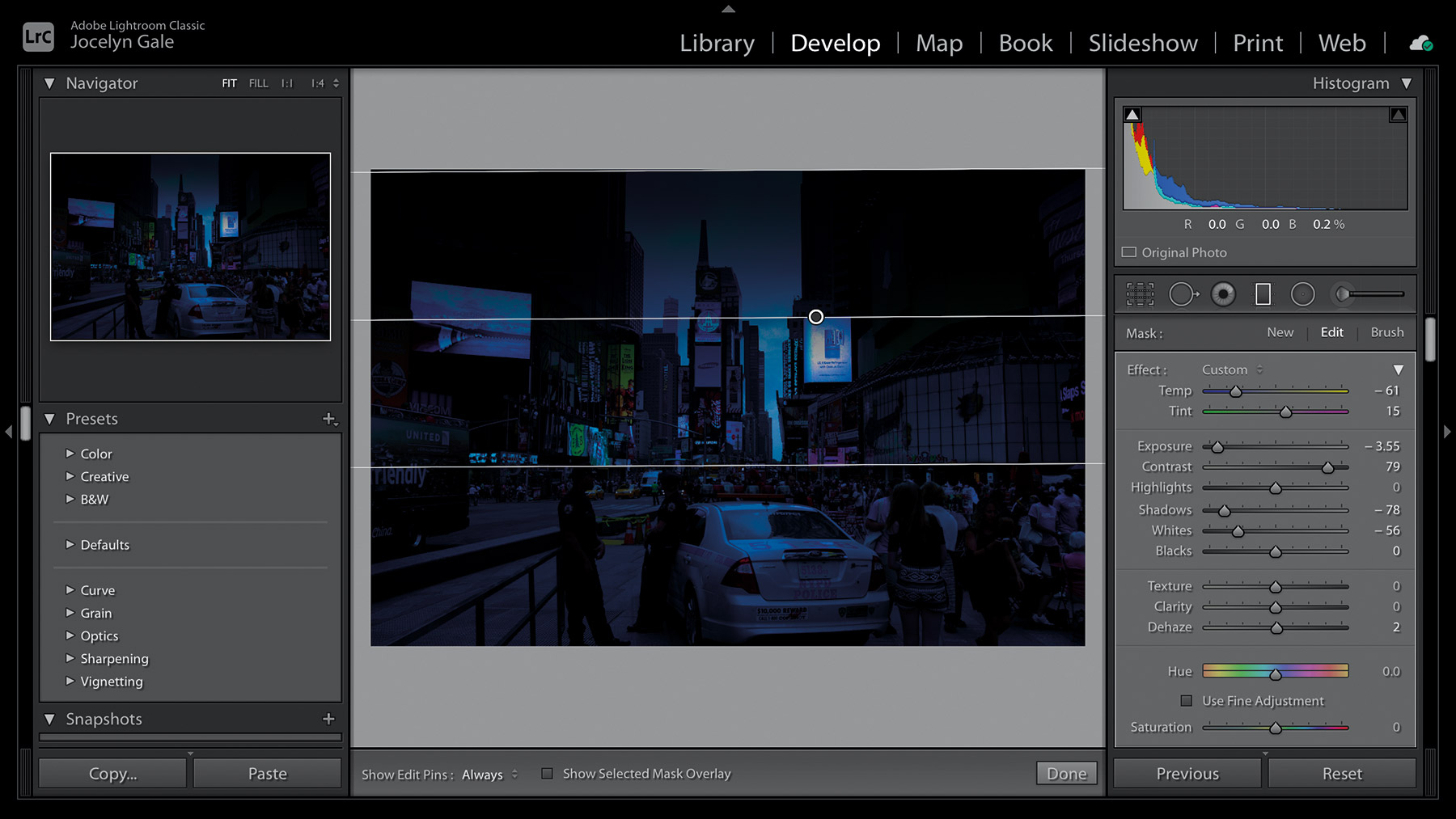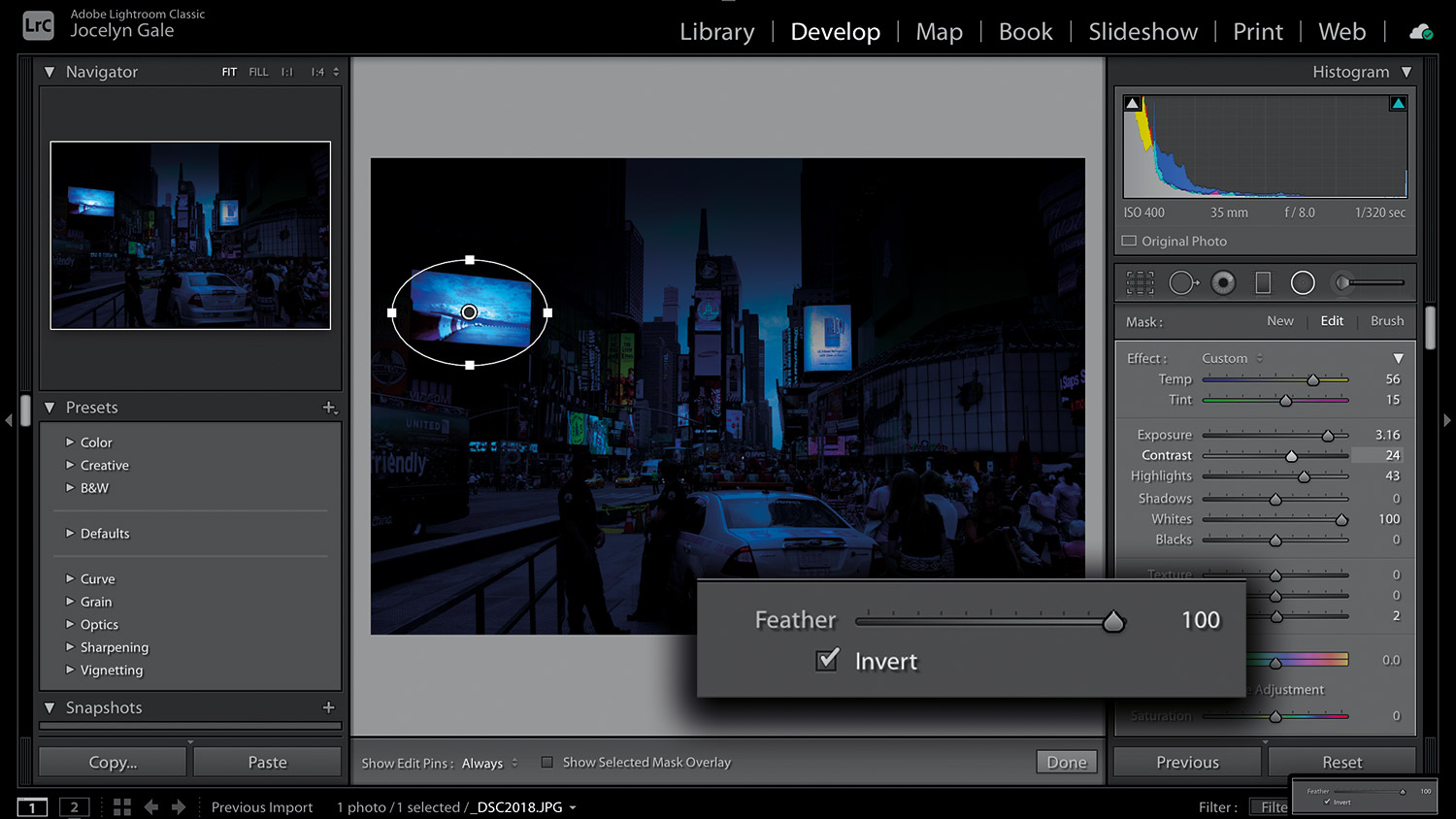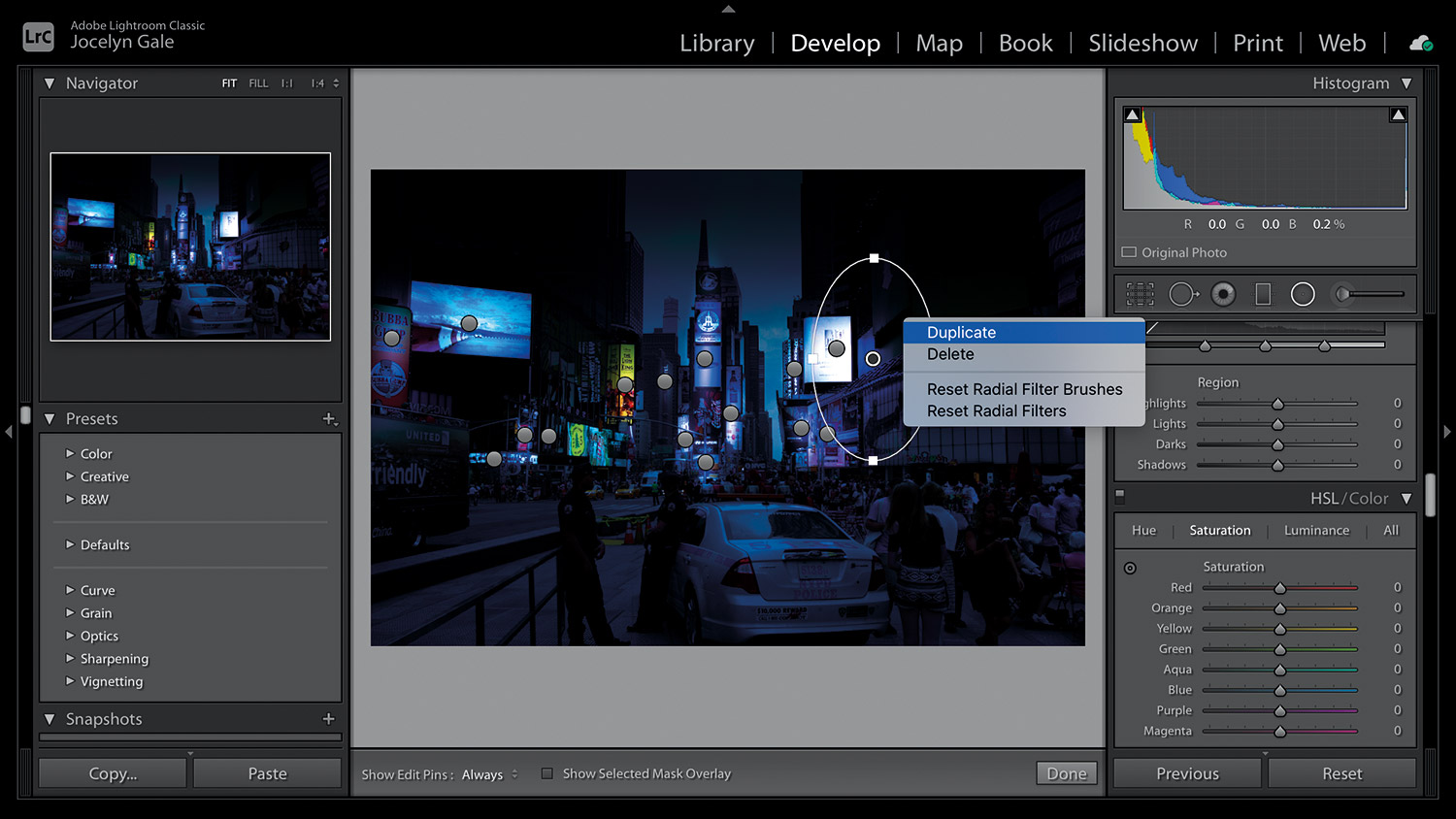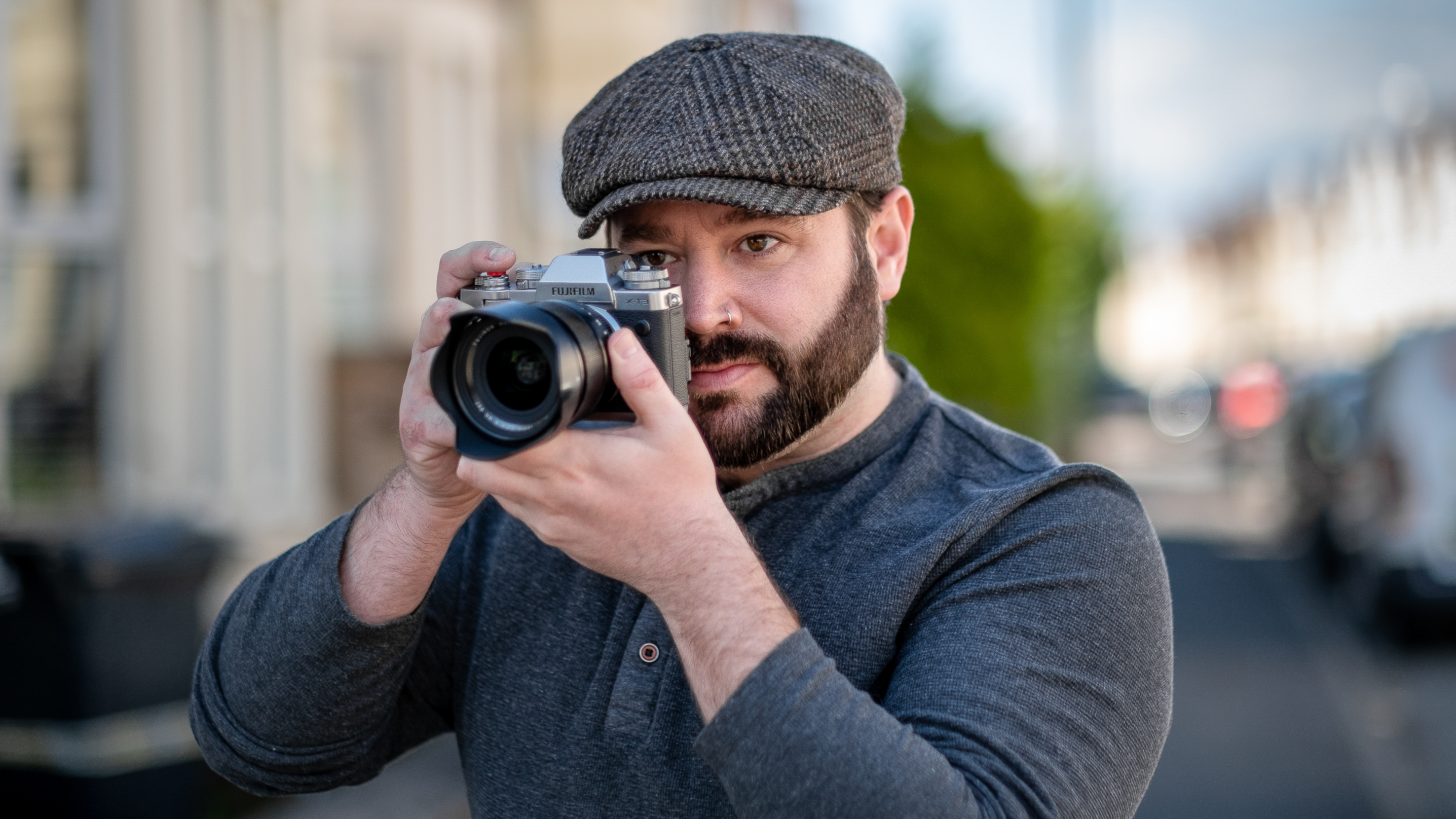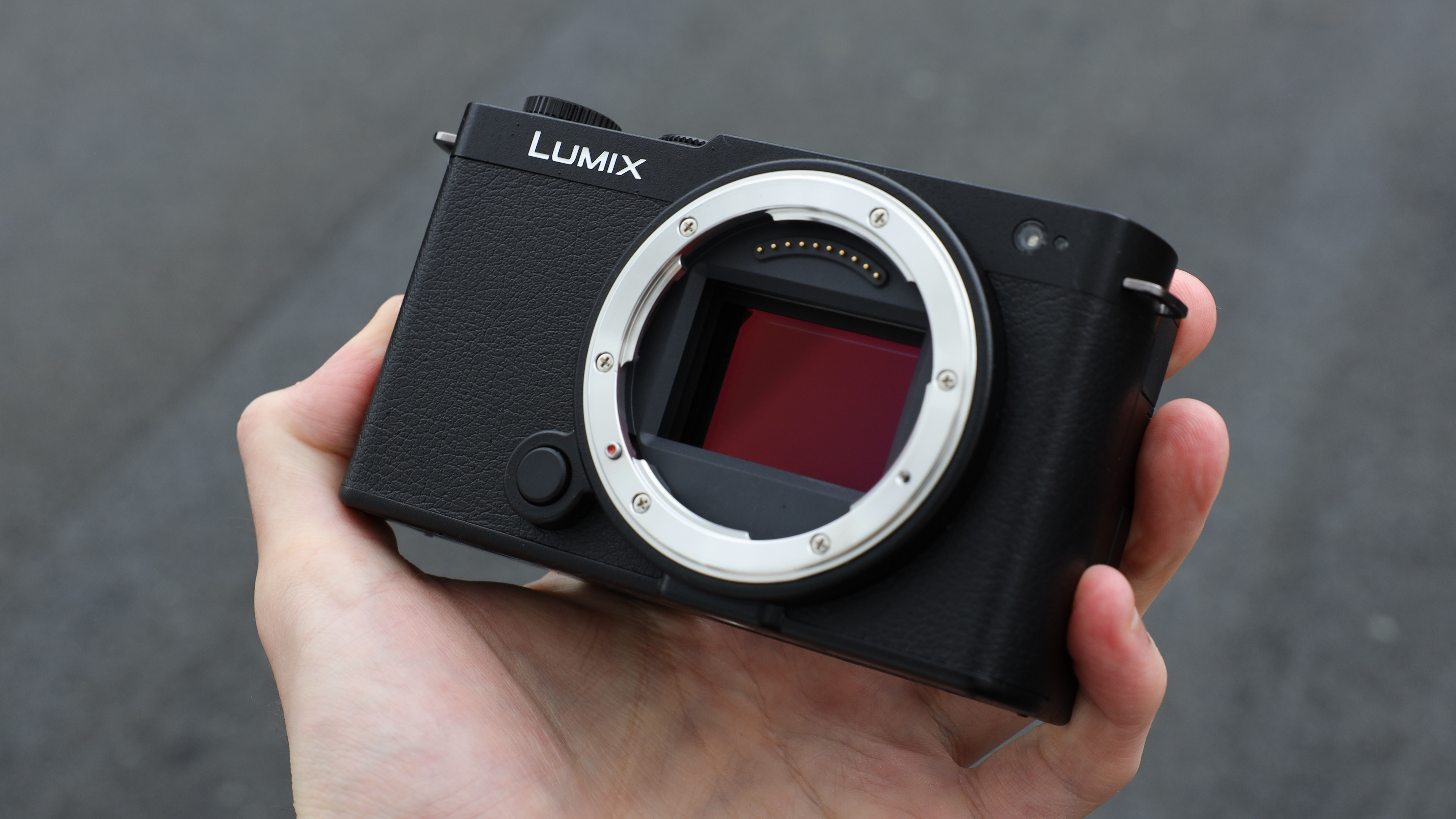4 simple steps to turn day into night
Jocelyn Gale reveals how you can turn any daytime image into a nighttime shot with some clever Lightroom tricks
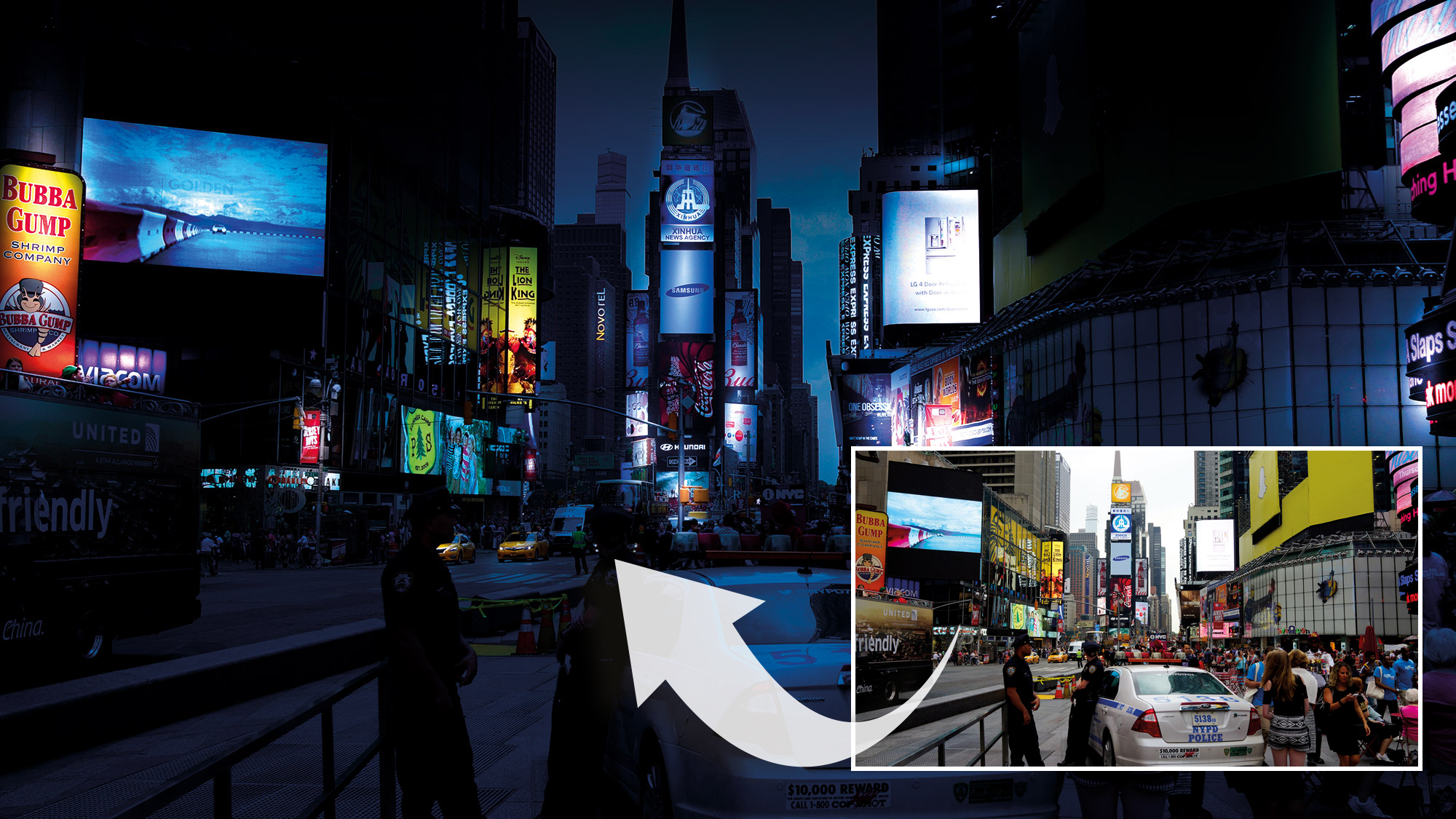
Have you ever taken a shot during the day, but wish you'd had the opportunity to add the mood and mystery that only comes with shooting at night?
With some clever editing you can transform day into night. However, where most photographers would take an image into Photoshop to produce the effect, using Lightroom could enable you to achieve your results even faster!
All you need is an image taken in the daytime – ideally an industrial landscape or cityscape, which involves lots of light sources. One way to achieve the most realistic effect is to keep an eye out for where light would naturally bounce and reflect, enabling you to create natural highlights and shadows.
• Read more: Lightroom tutorials
How to change a daytime shot into a night-time shot
01. Darken the entire scene
Bring your chosen image into Lightroom and select the Develop Module to start editing. Decrease Exposure until your sky area looks dark enough to be considered nighttime – reducing your Temperature to a blue tint will also help produce an evening effect.
02. Add a Graduated Filter
To create an even darker sky, select the Graduated Filter in the tool strip. The filter will produce a rectangular bar, which needs to be manipulated until it covers the entire sky within your image. In the adjustment panel, reduce Exposure and increase Contrast dramatically.
The best camera deals, reviews, product advice, and unmissable photography news, direct to your inbox!
03. Apply a Radial Filter
Next, we’ll add lights using a Radial Filter; this produces a circle that you can manipulate to any size, so click on a subject in your image that would realistically portray light (like a window). Increase Exposure, Contrast and Highlights settings, while also increasing Feather to +100 and ticking Invert.
04. Duplicate your filters
Copy and paste this Radial Filter onto other light sources. To produce a more natural effect, the light needs to radiate as it realistically would. To do this, duplicate a Radial Filter over the initial filter and expand the circumference to create a glowing effect.
Read more:
The best camera for street photography in 2021
Best cameras for travel
Best cameras for beginners
Best 35mm 'street' lenses
Alistair is the Features Editor of Digital Camera magazine, and has worked as a professional photographer and video producer.
